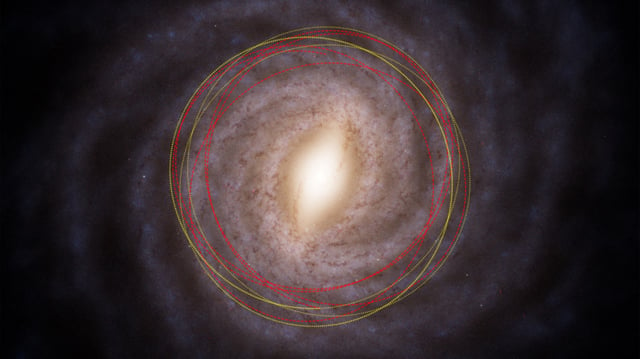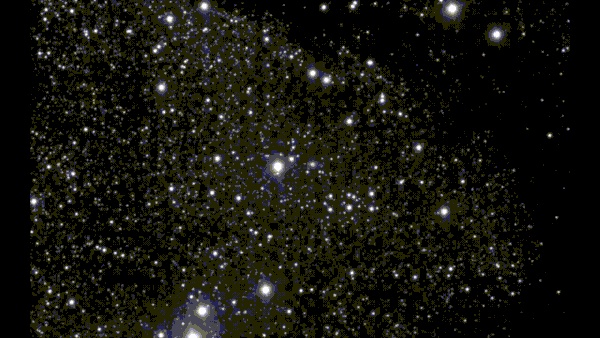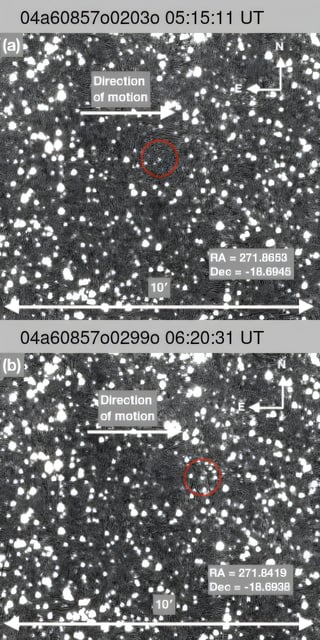Overview
- ESO’s Very Large Telescope imagery showed a hyperbolic trajectory at about 57 km/s and revealed emergent coma formation as 3I/ATLAS begins outgassing.
- Application of the Ōtautahi–Oxford interstellar object population model with Gaia data pinpointed the comet’s origin in the Milky Way’s thick disk, a first for this population.
- Research led by Matthew Hopkins estimates the object’s age between 7.6 and 14 billion years and indicates a water-ice-rich composition predating the 4.6 billion-year-old Sun.
- Size estimates place the nucleus at roughly 10–20 kilometers across, with a bluer surface hue and redder coma than typical Solar System comets.
- Ground- and space-based observatories are intensively tracking 3I/ATLAS as it brightens toward its October perihelion inside Mars’ orbit, when activity is expected to peak.


